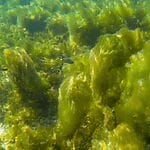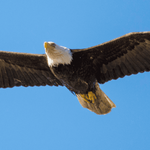When we are asked to picture kangaroos, we think of the western gray or red types, which are most likely to be seen at zoos, or the flat open plains, forests, and woodlands of Australia, and a big question here is whether they are at any risk of facing extinction?
In short, this isn’t likely to happen any time soon as a particular species needs to have a 70% decline in population, and the reason for the fall has to be known, so even though this isn’t a possibility for these species, there are some lesser known types you may not be aware of.
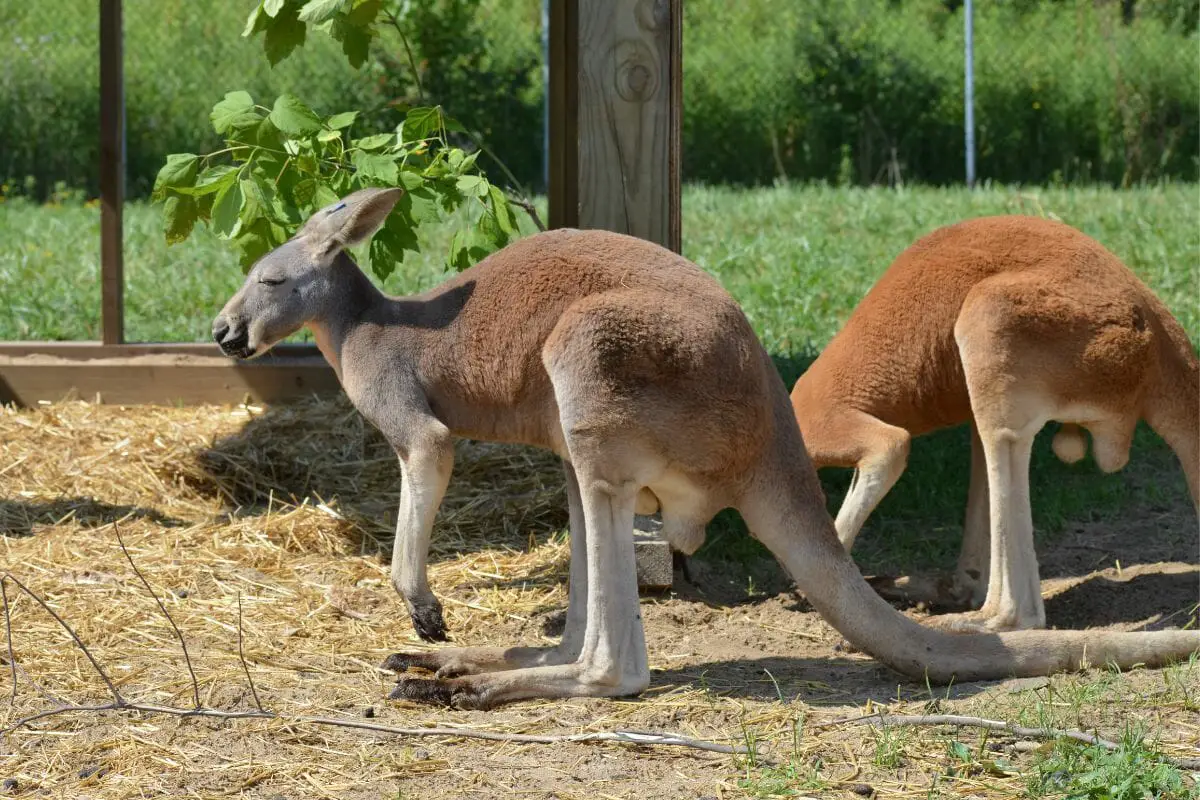
Below we look further at what the kangaroo population looks like, where you are likely to find them, and what other types in this species are at risk of extinction.
Where Are Kangaroos By Area?
In total, there is estimated to be between 46-50 million, and this is about double the population of Australia, which is 25, 890, 773 people.
And what’s even more interesting is that the country is one of the least populated nations in the world.
Focusing on kangaroos more, the eastern grey kangaroo has one of the highest populations in the country, with just over 16 million animals of this type roaming around, and can be found in the fertile eastern area of the country.
You can find that there are between 1- 20 kangaroos per kilometer squared, as the higher limit of this is when you travel in a westerly direction.
This is because these areas are low in precipitation but are diverse enough to give the animal a stable diet, which is more favourable to the northern parts of the country as these areas are prone to seasonal droughts.
What Is Australia’s Response To The Amount Of Kangaroos?
Because humans don’t inhabit 95% of the country, this free range allows the kangaroo to spread and build habitats easier, but there are around 3 million adult types that are killed each year lawfully.
Another factor that might have seen further population declines could be extended droughts, which prevented the spread of the animal and left many impoverished.
There have been times when kangaroos are hunted in controlled groups to cull numbers.
Still, many have doubted this tactic as the government is seen as dismissive by not acknowledging recommendations and not knowing if they want more or fewer kangaroos.
Species Of kangaroo You Might Not Have Heard Of
The other types of kangaroo species which make up about 95% of this pool, often go unnoticed and are identified as non-harvested.
Many of these smaller types are threatened by extinction in many different ways.
Below are a few of these, some of which you may never have known to exist, and if you’re fortunate, you might be able to find these if you visit any conservation or protected areas when you visit Australia.
Tree Kangaroo
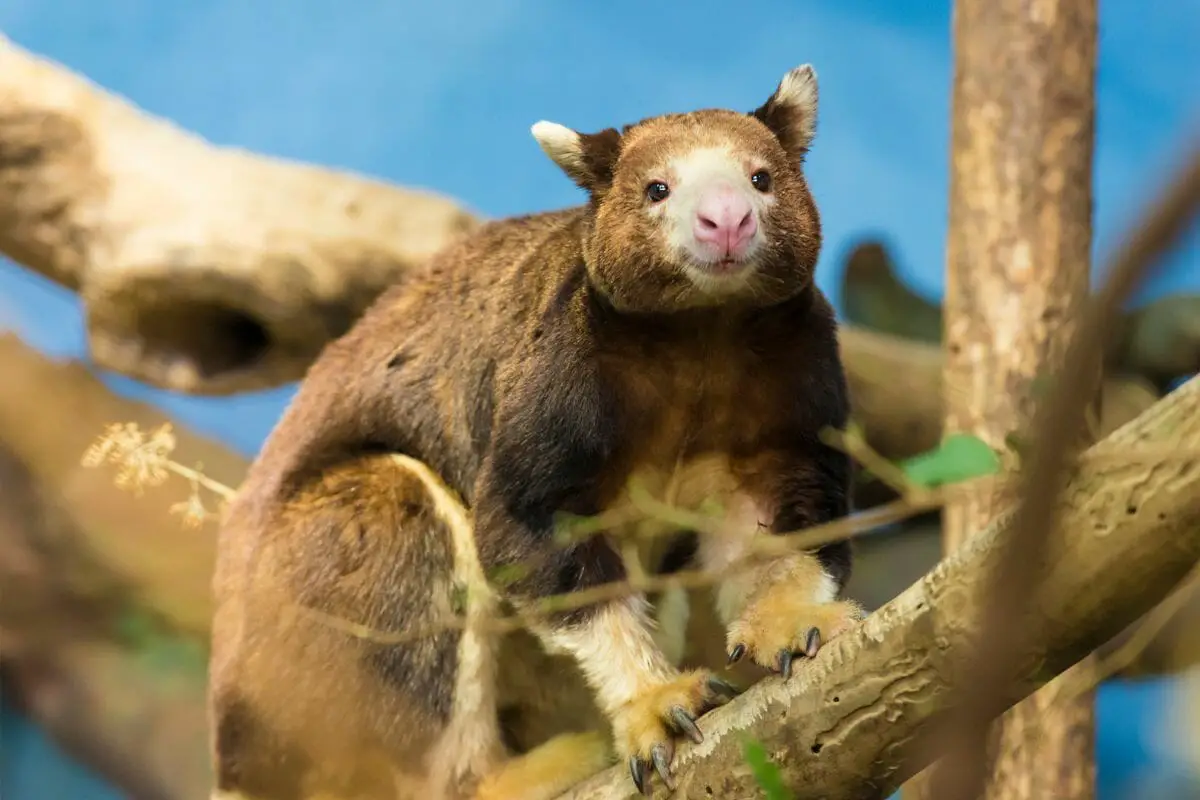
These species look closer to their kangaroo cousins and look around them like a lemur and are often spotted in, surprise, trees.
The range of this species ranges in countries such as Papua New Guinea and Indonesia, but the loss of habitat due to deforestation has made the species range fall, and it is said that as few as 50 individuals remain.
This can likely put it in the critically endangered category, and what’s even more worrying is that only two of these species are found in Australia, and as these are classed as priority species, there is much going on to protect these species further.
Gilbert’s Potoroo
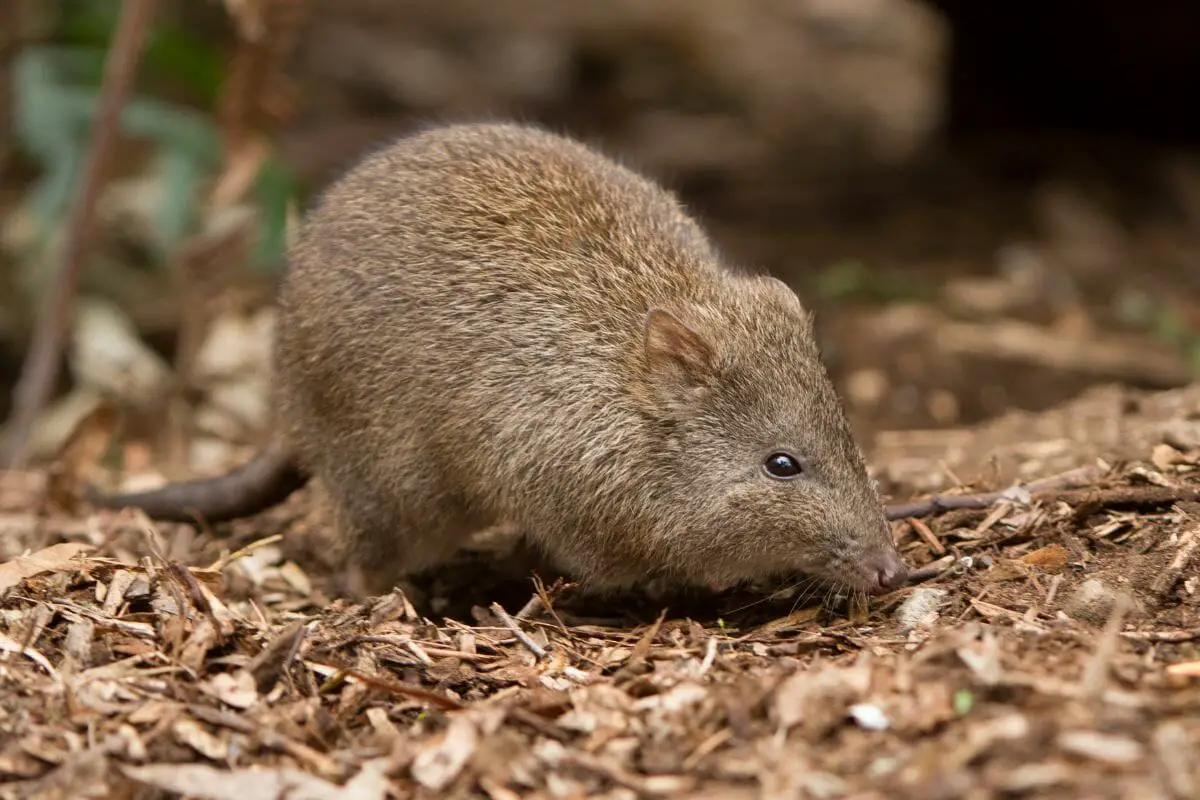
This is the smallest member of this genus, has grey fur on the underside, and usually has hairless tails, just like you would find with mice or rats, as the potoroo looks strikingly similar to them.
They are known as the most endangered marsupial in the world, as it is estimated that there are some 100 individuals left in certain parts of western Australia, and the most significant cause of this is forest fires which have destroyed about 90% of their habitat.
Boodie
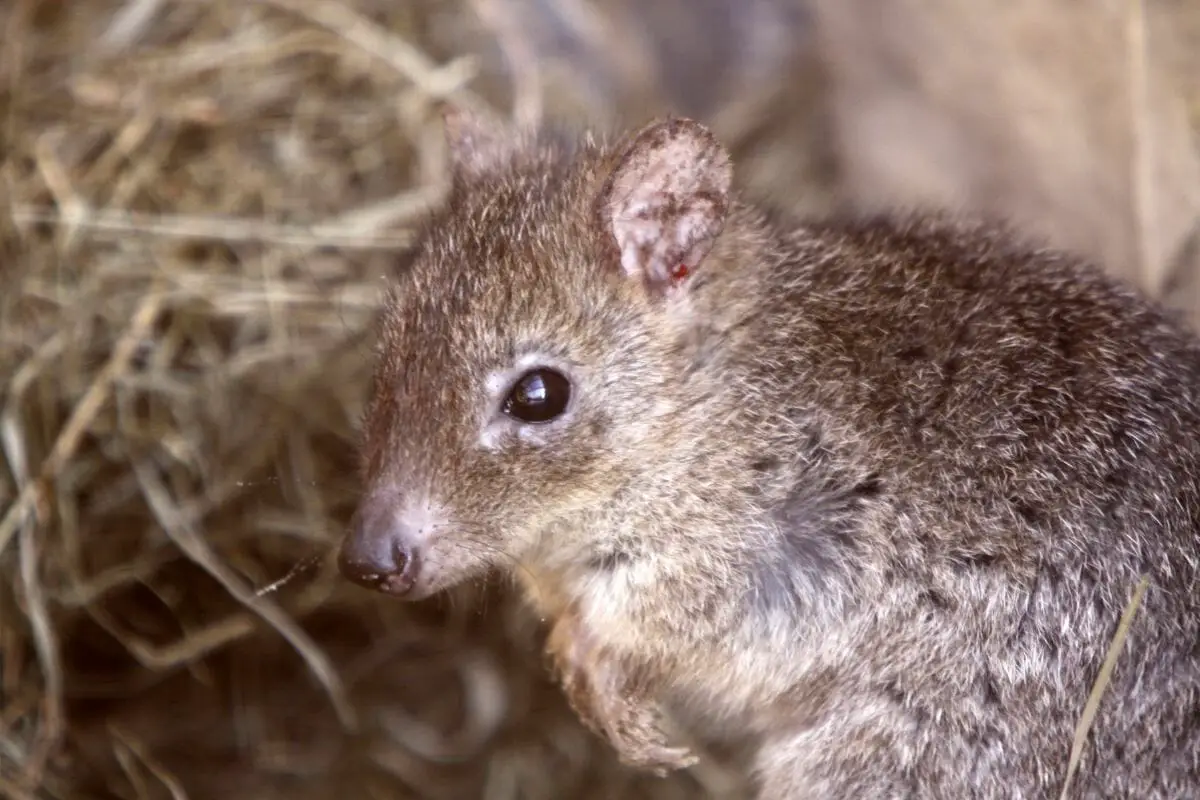
These are another type of the genus slightly more significant than the potoroo, are fully known as burrowing bettongs, and are classed as vulnerable nationally, conservation dependent in South Australia, and presumed extinct on the mainland.
While it may be estimated that around 19,000 individuals exist, these species are particularly vulnerable to predators such as feral cats, foxes, agriculturists, and hunters, who play a significant role in their steady decline.
The positive news is that there are efforts made to introduce the boodie to the predator-free areas that serve as sanctuaries and are looking to expand into other protective areas once the population has stabilized.
Koalas
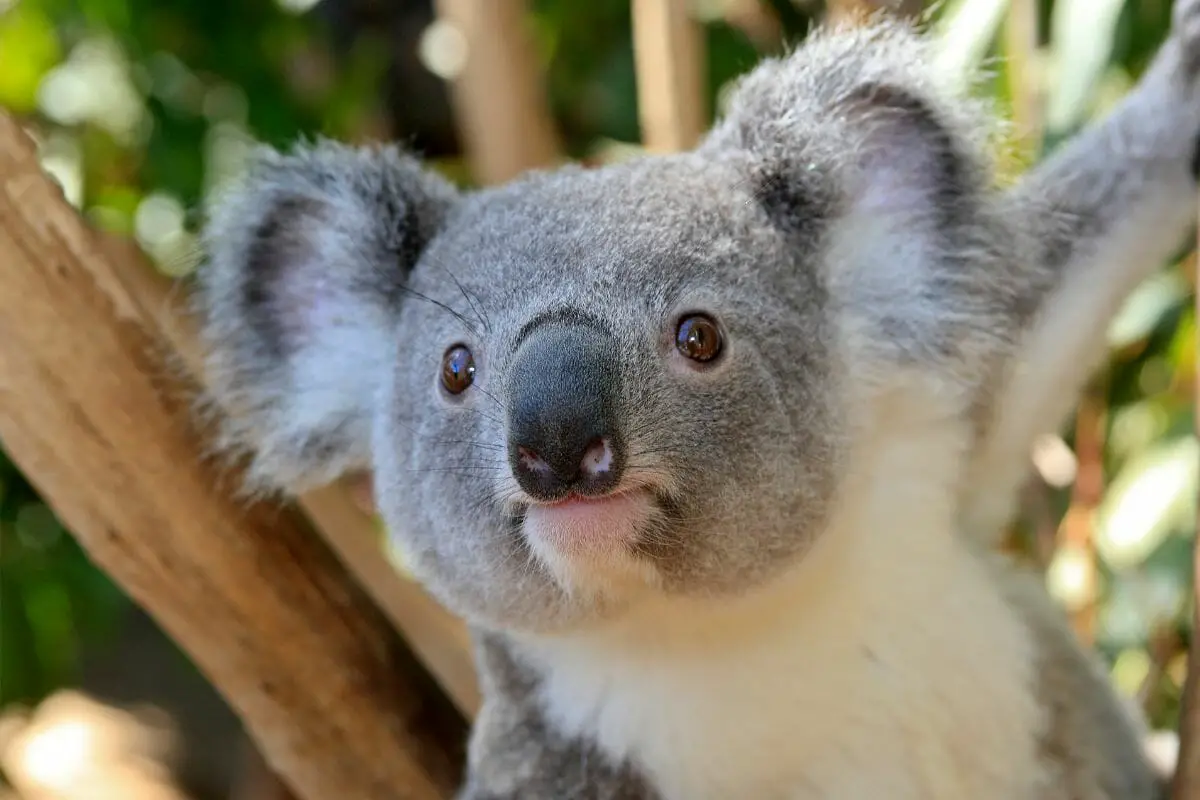
These are more recognizable species of this genus, but according to The Australian Wildlife Conservancy, they are classed as vulnerable because of a loss of habitat, being attacked by dogs while on the ground, and frequently run over by vehicles in urban areas.
Some conservation groups have said that there might be as few as 50,000 left in the wild, and this might not be considering the ones that are in protected areas like sanctuaries.
The Bottom Line
So while kangaroos won’t face extinction for a while, there are smaller types of the genus that are more vulnerable to predators and habitat destruction, which might not look as appealing as a kangaroo, but these offer a rich diversity in wildlife.
At some point, though, problems like global warming can make places like Australia uninhabitable, not just to these species but to humans as well, as droughts will become more common and have longer-lasting effects as a result.
This, in turn, could lead to issues with kangaroos, as their thick woodlands and rich plains are very much at threat, which is a problem that will require action at the governmental and global levels. Now see the evolution of kangaroos.
- 15 Most Common Animals Living In Ponds - 2024-04-23
- What are the Characteristics Of a Wolf – (Characteristics & Interesting Facts) - 2024-04-23
- Animals That Live In The Abyssal Zone - 2024-04-22





